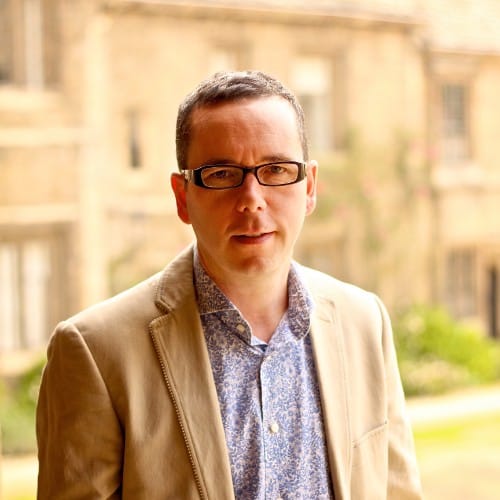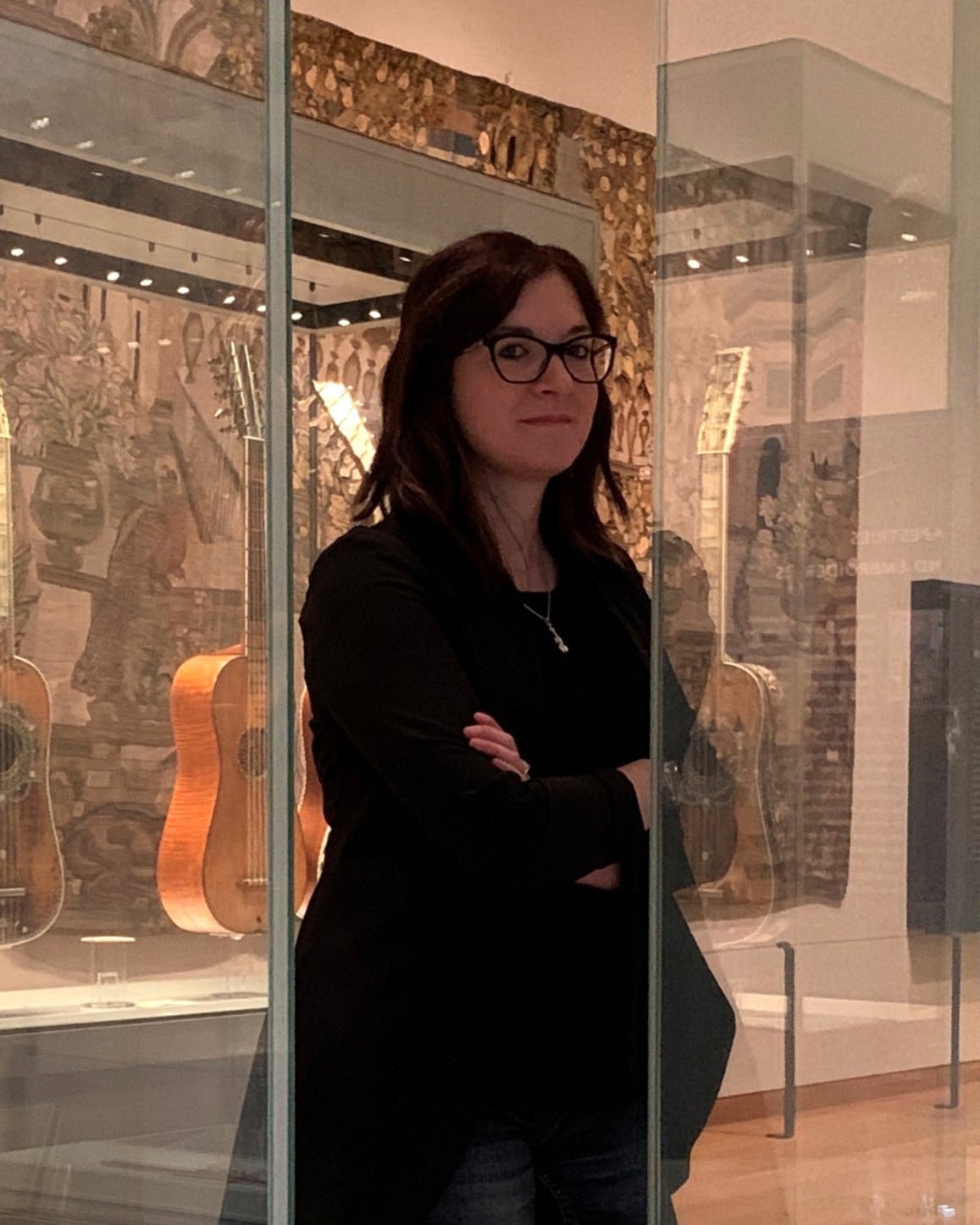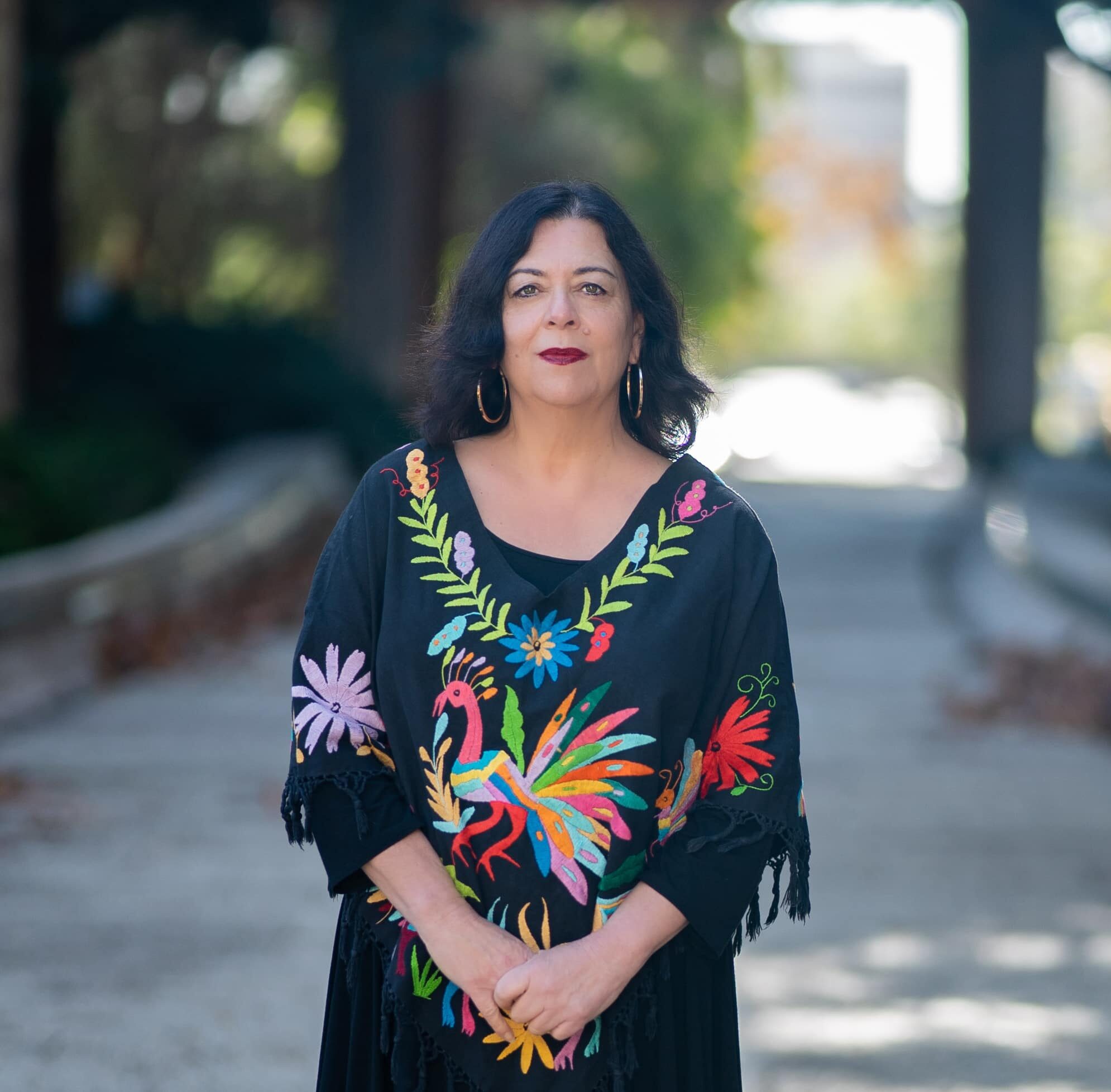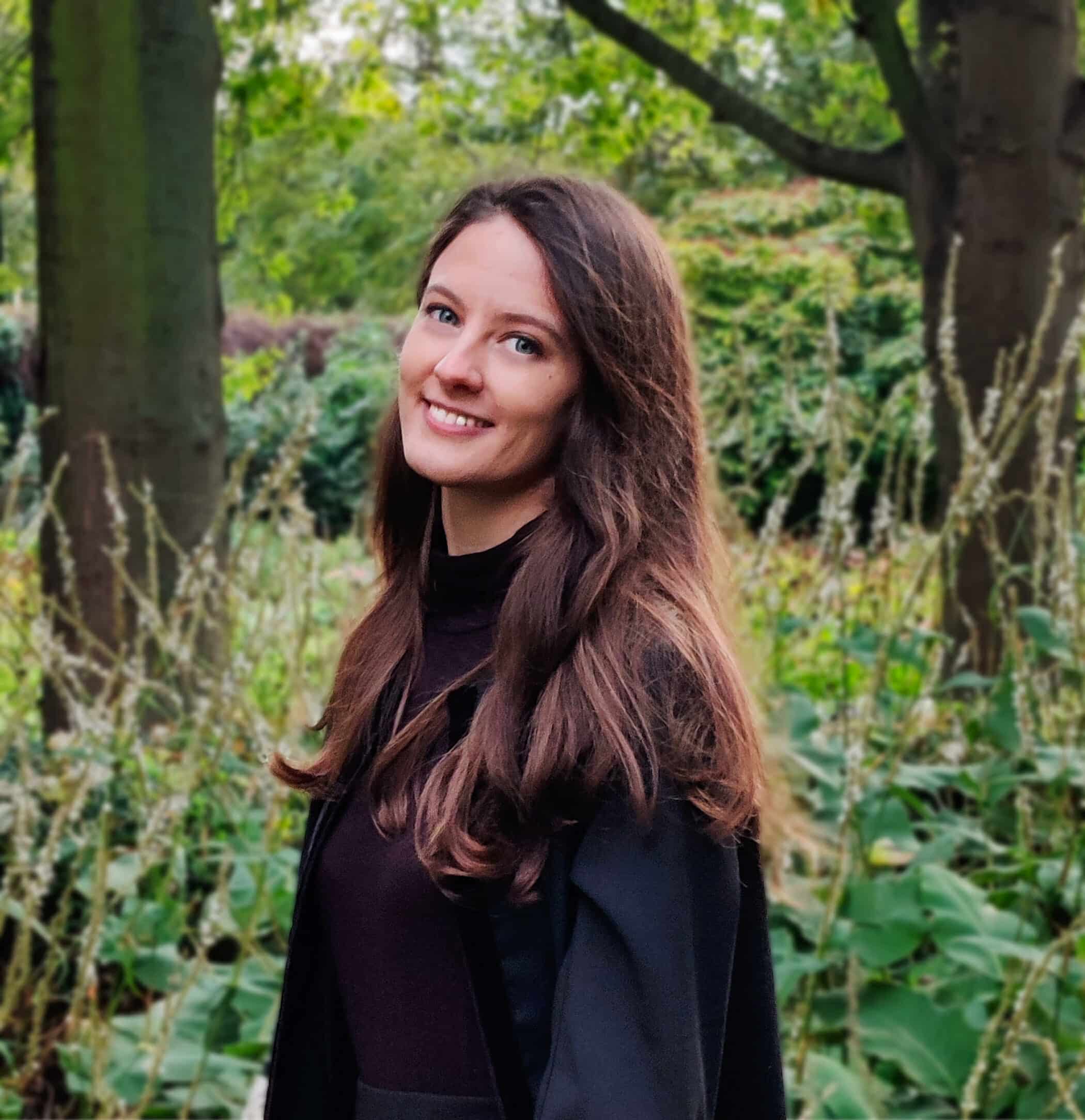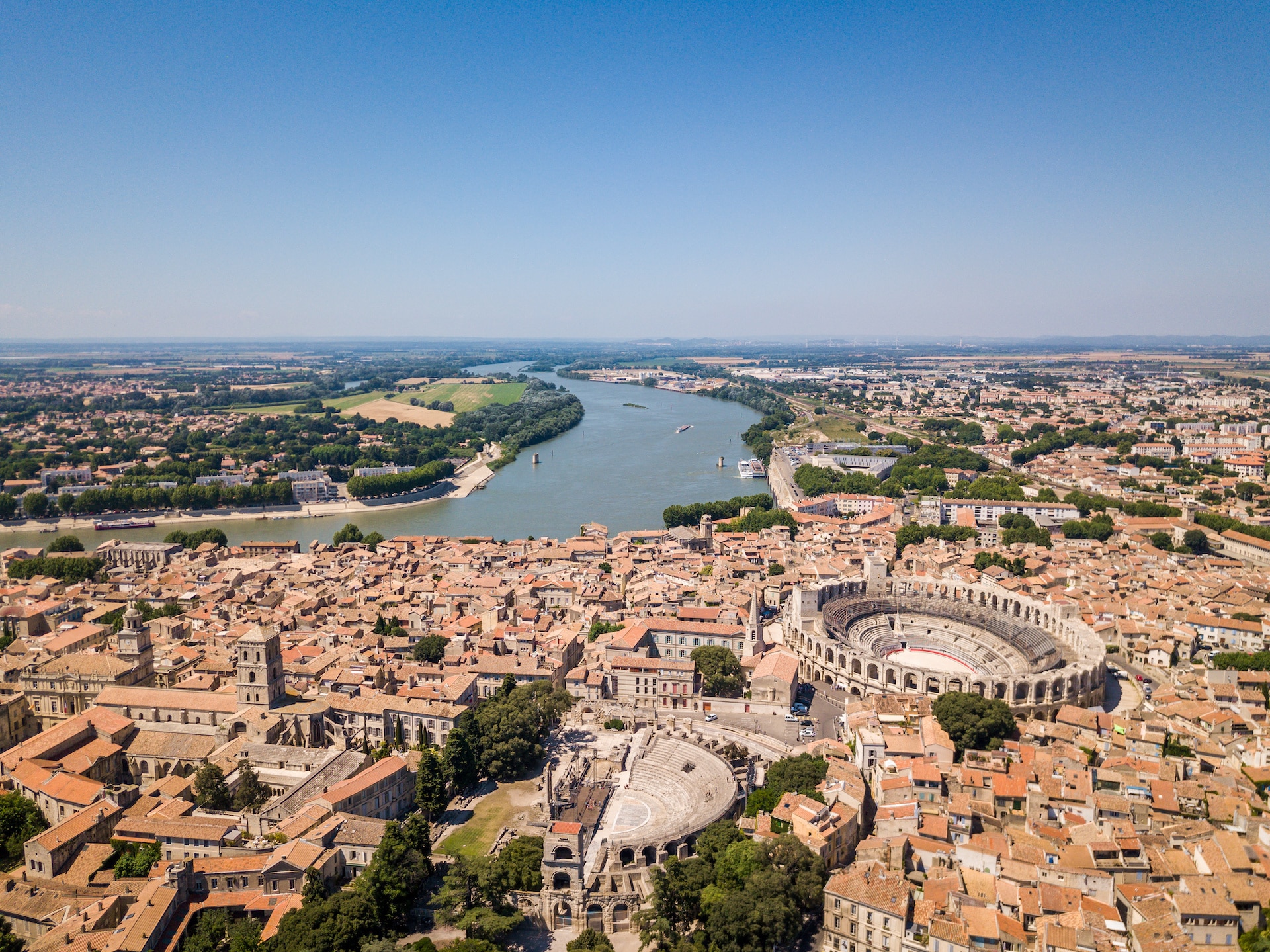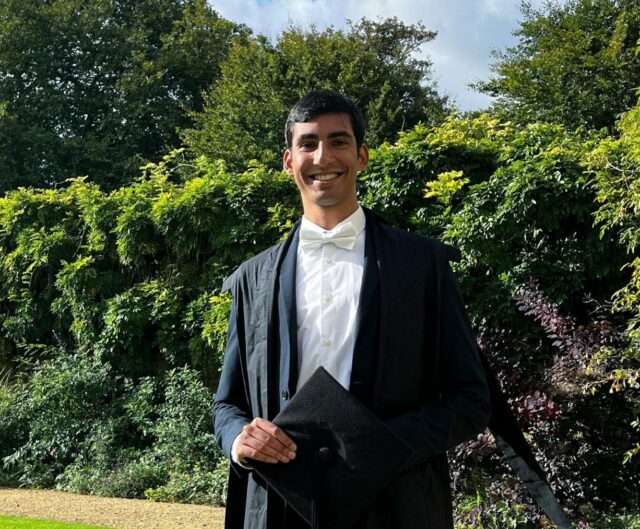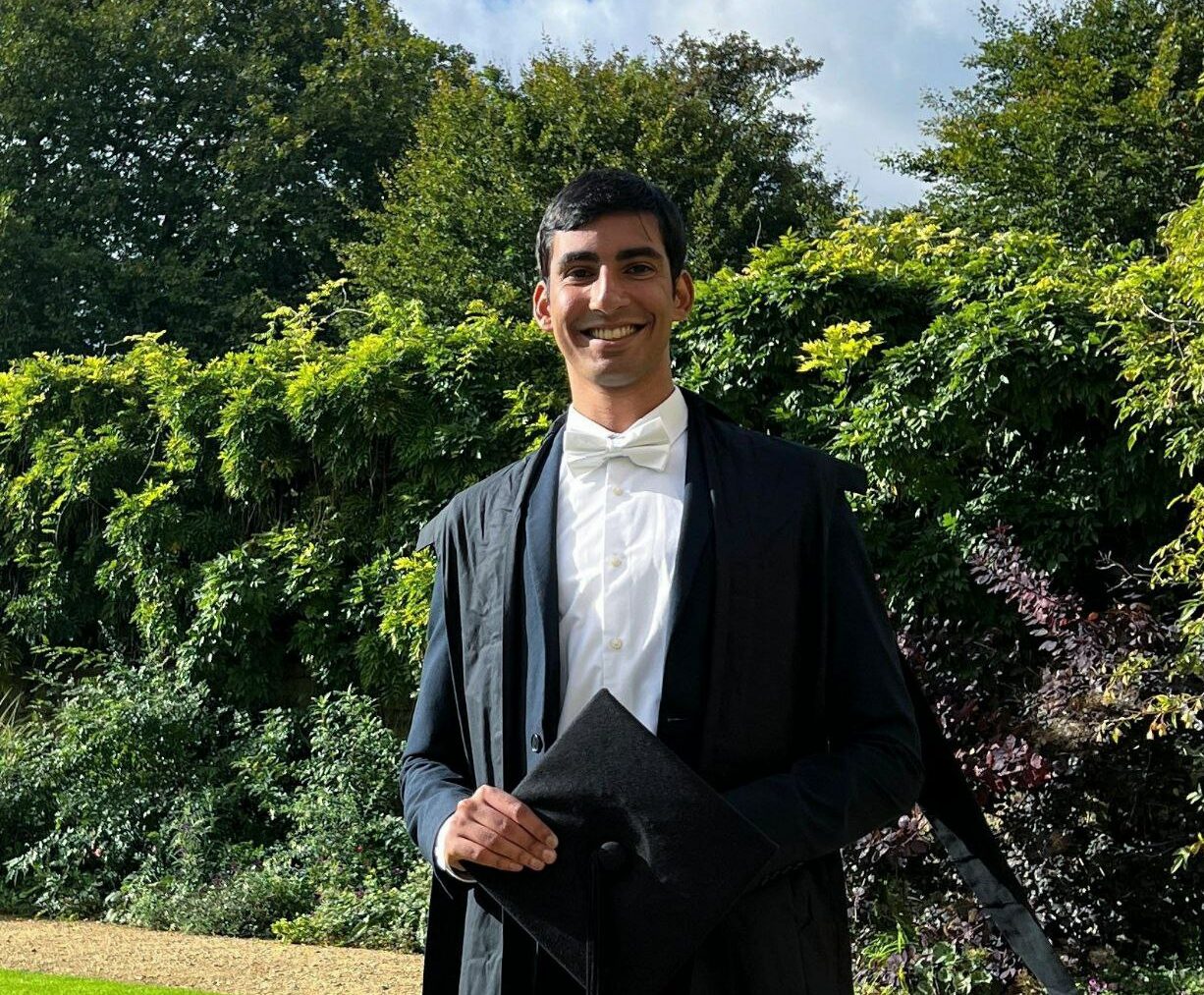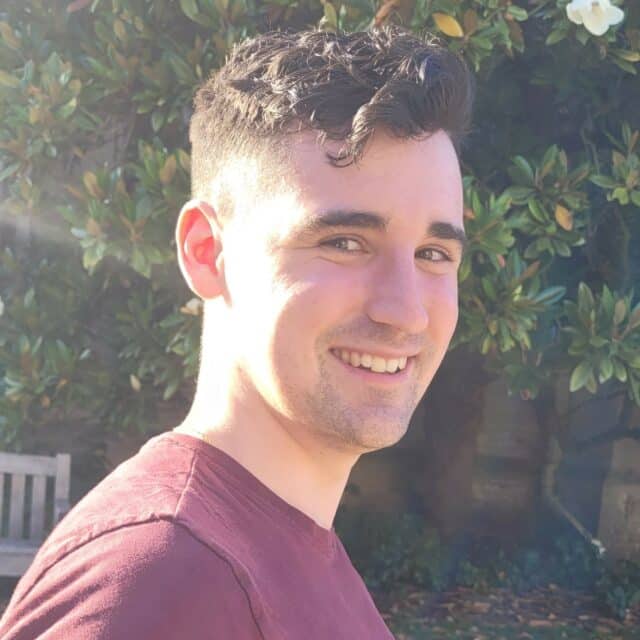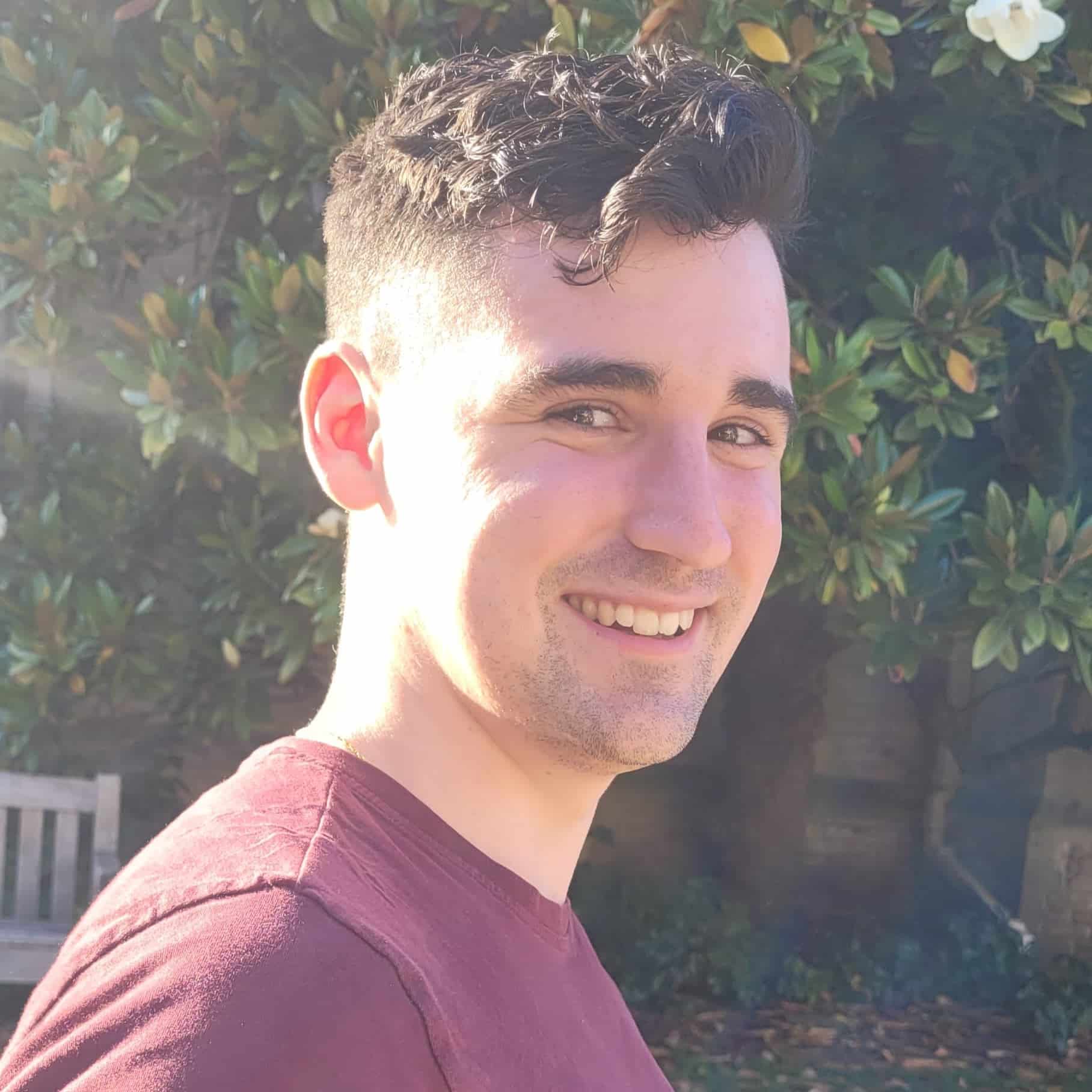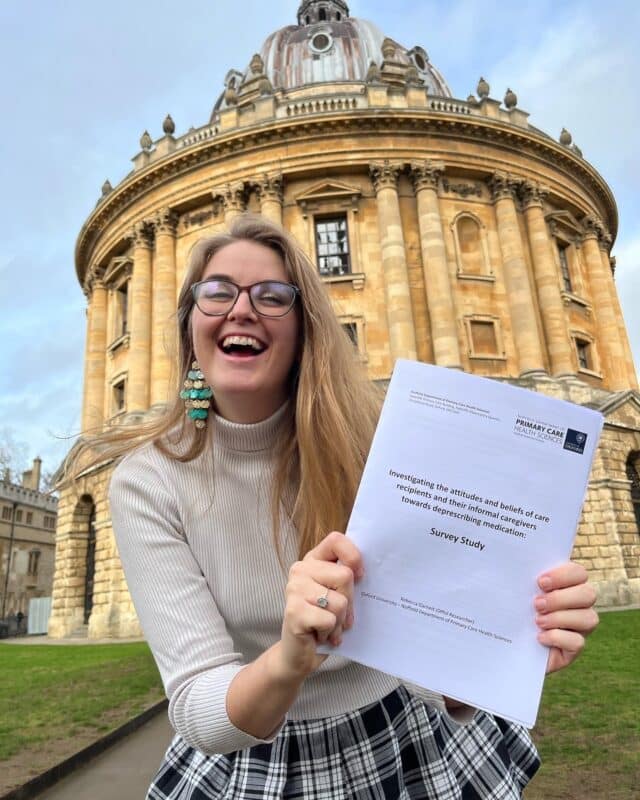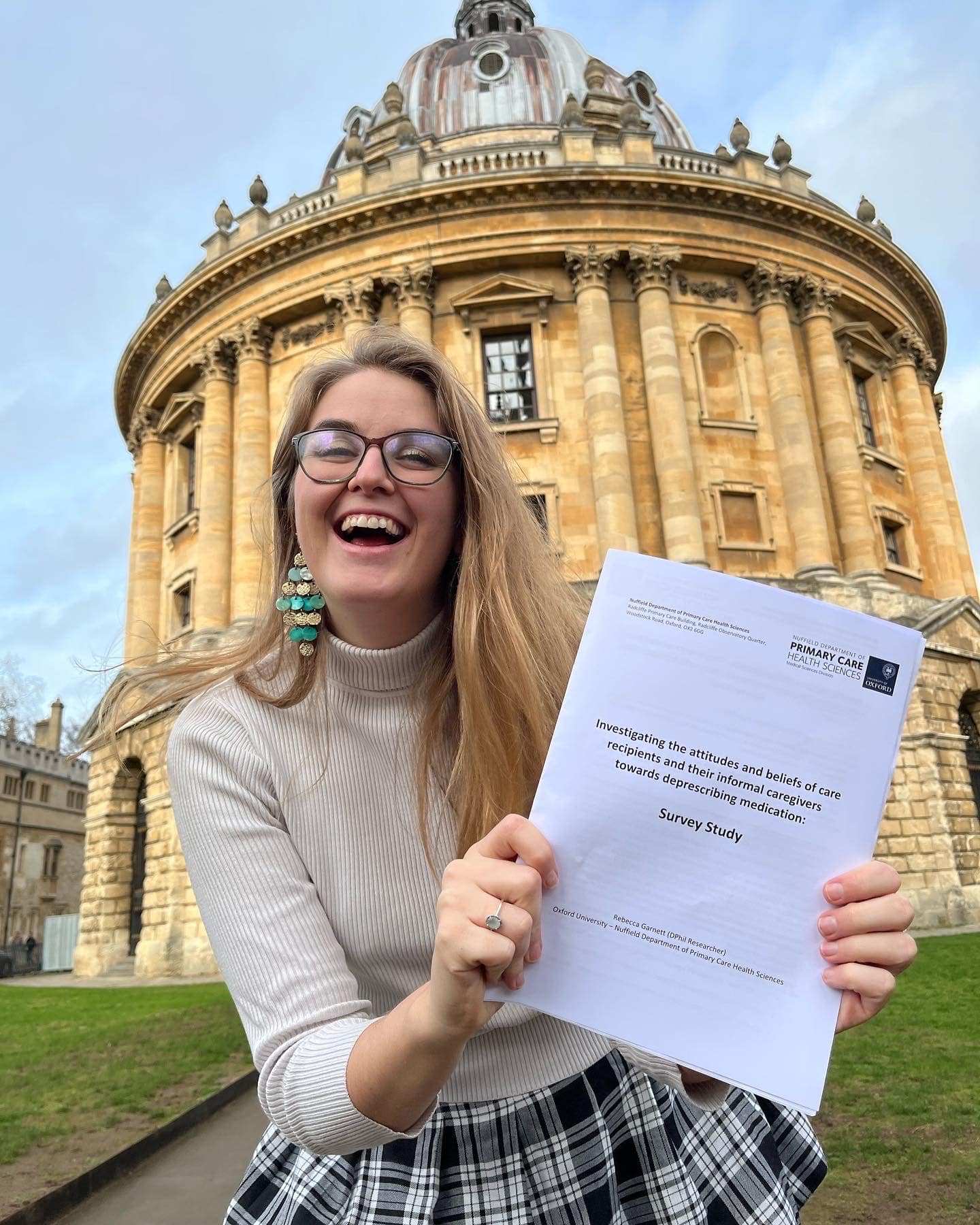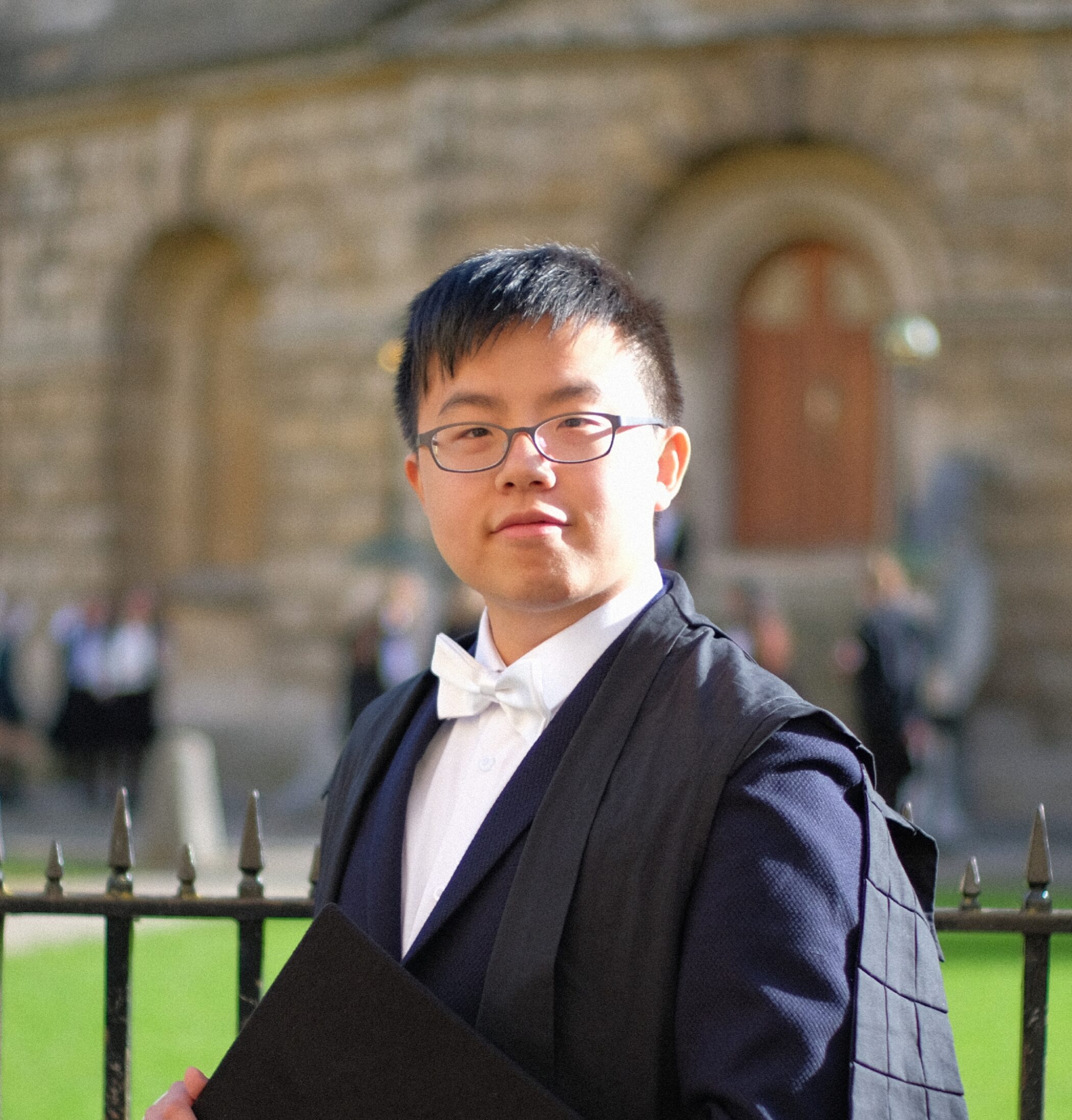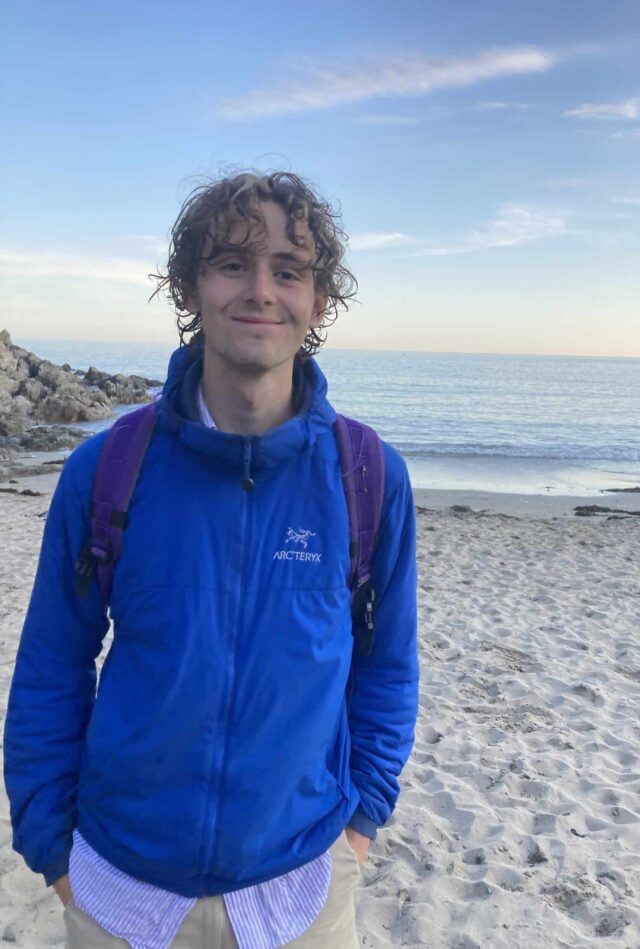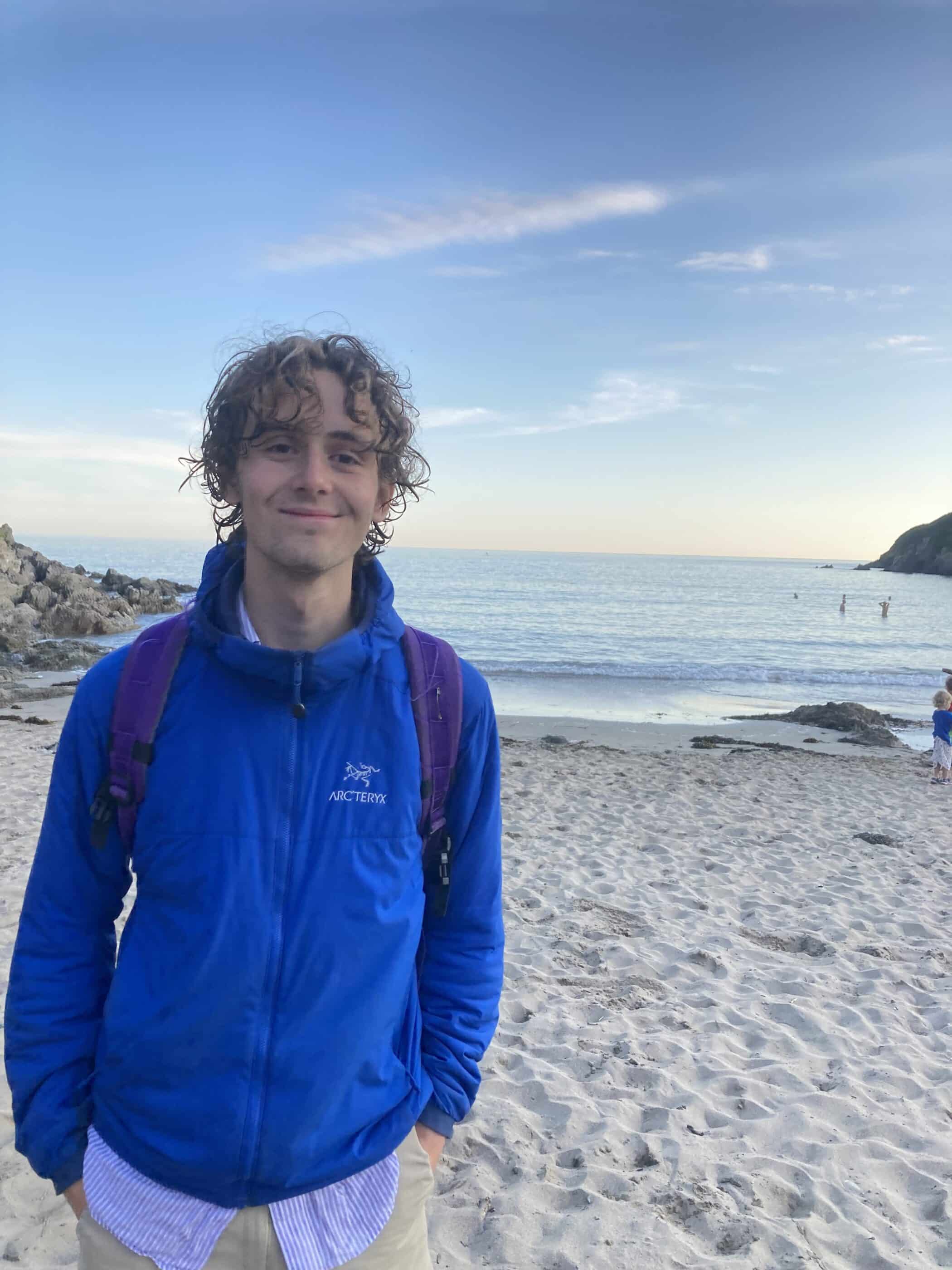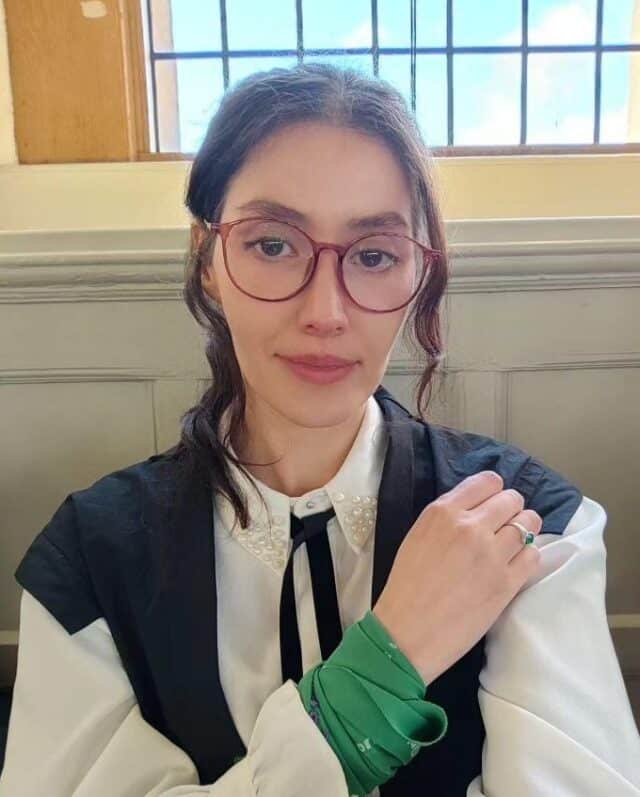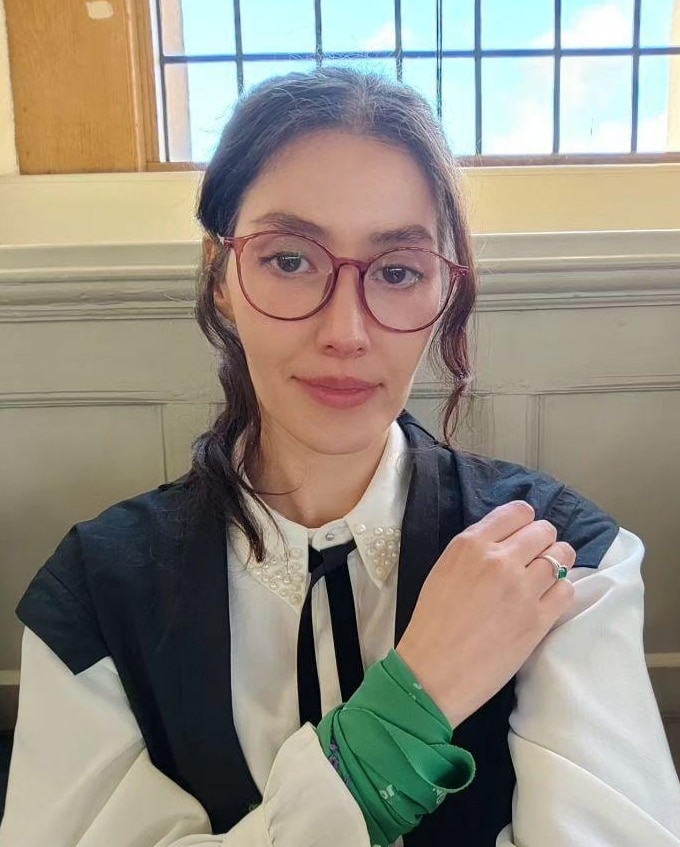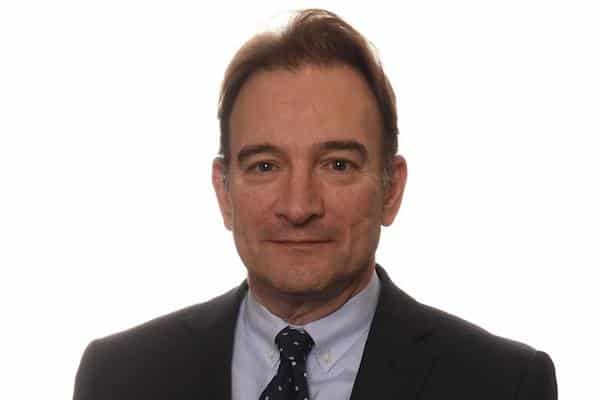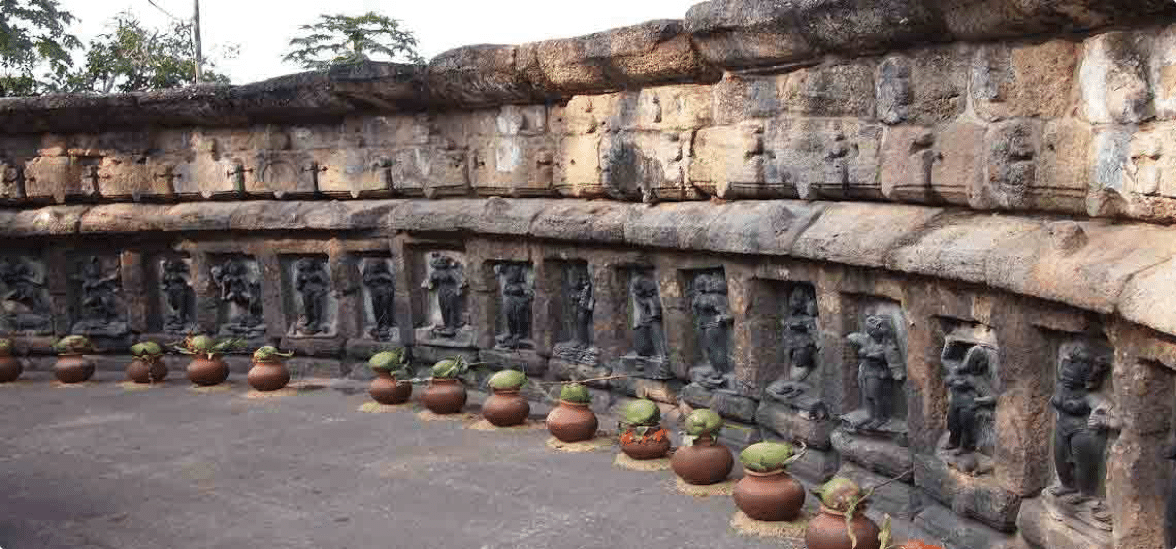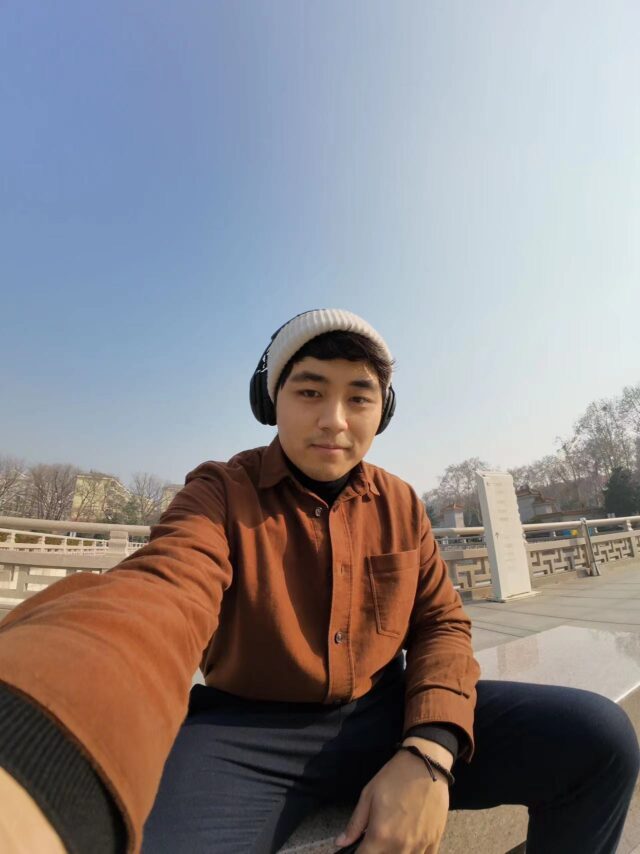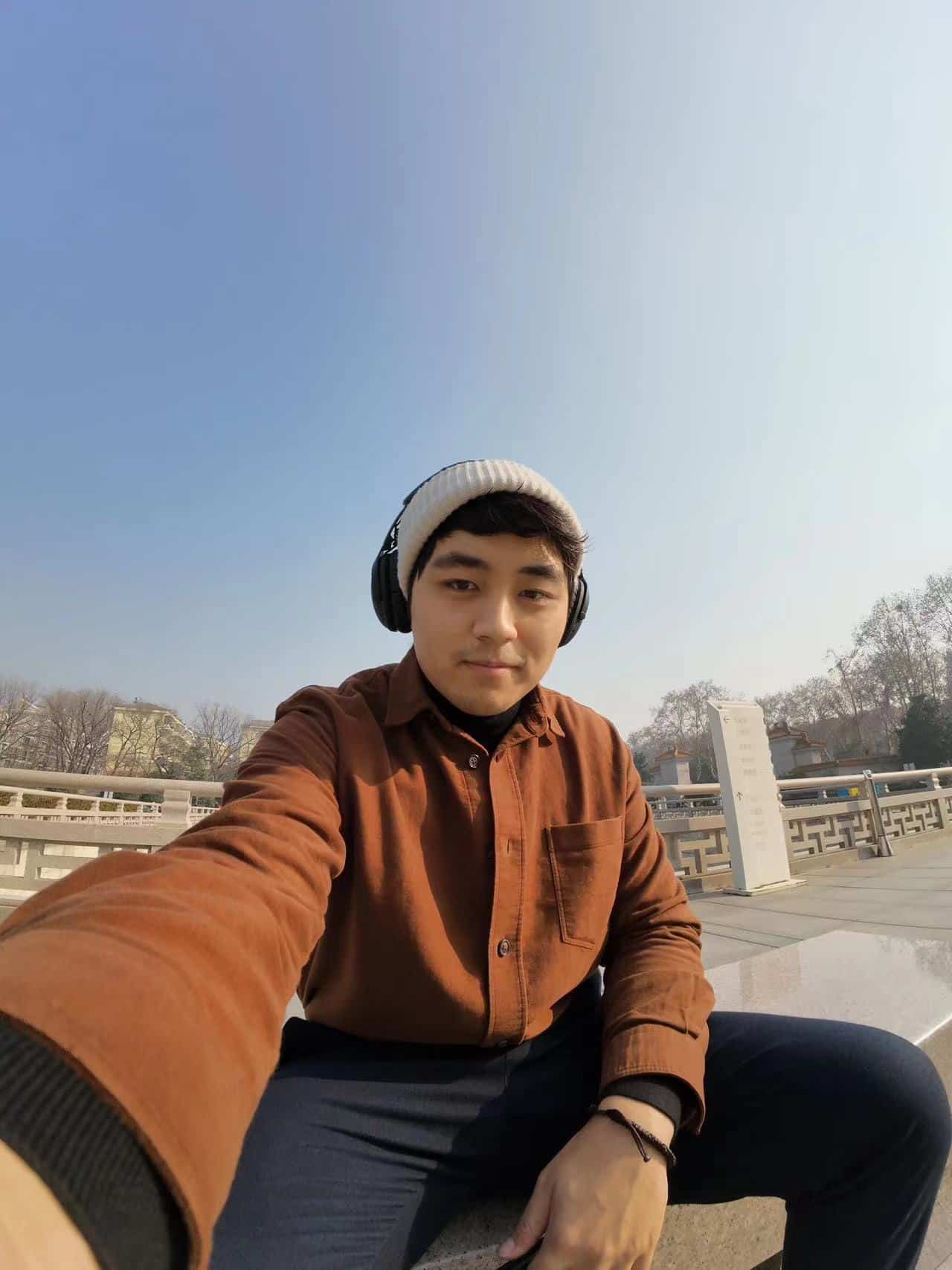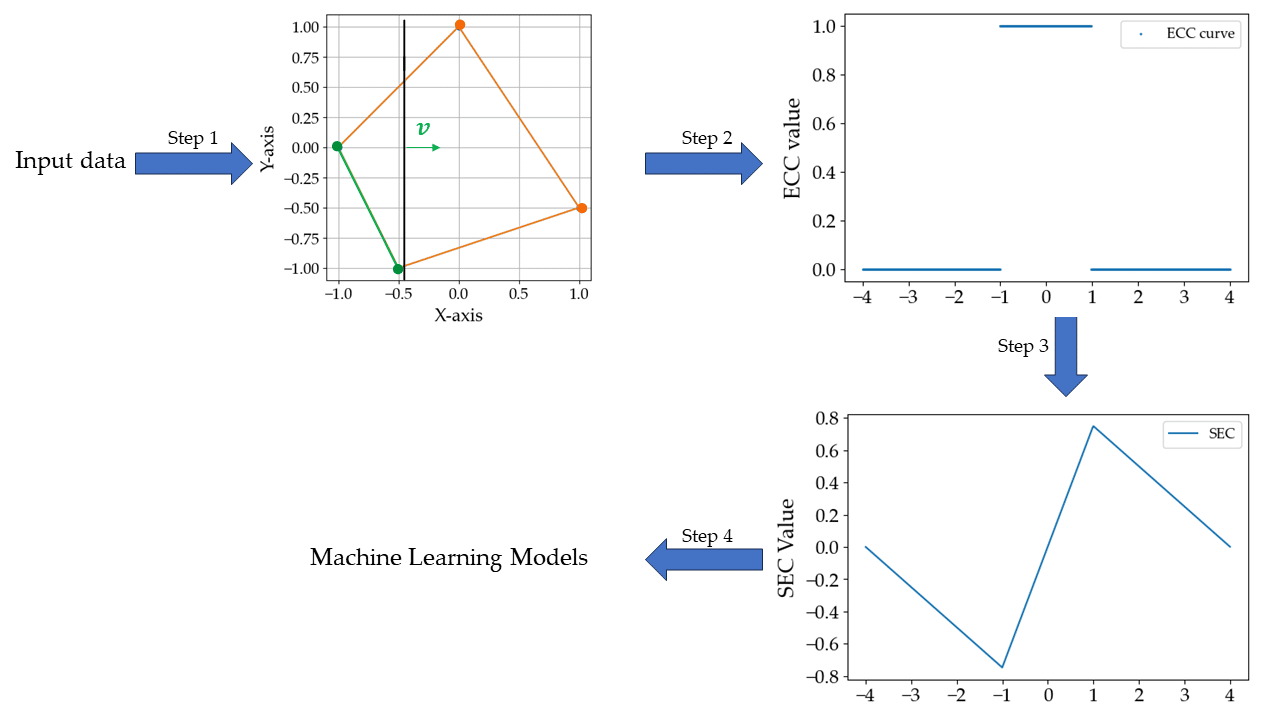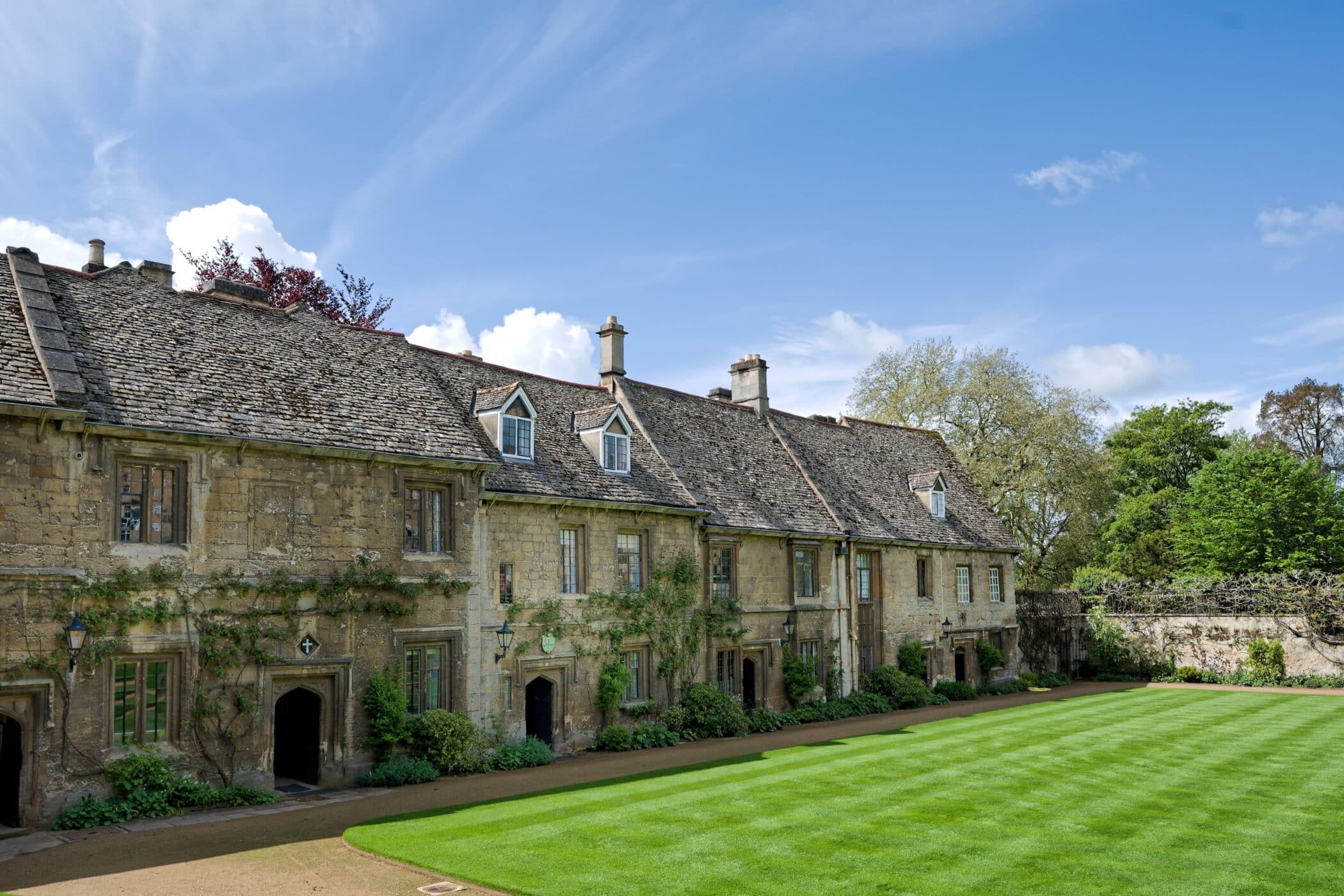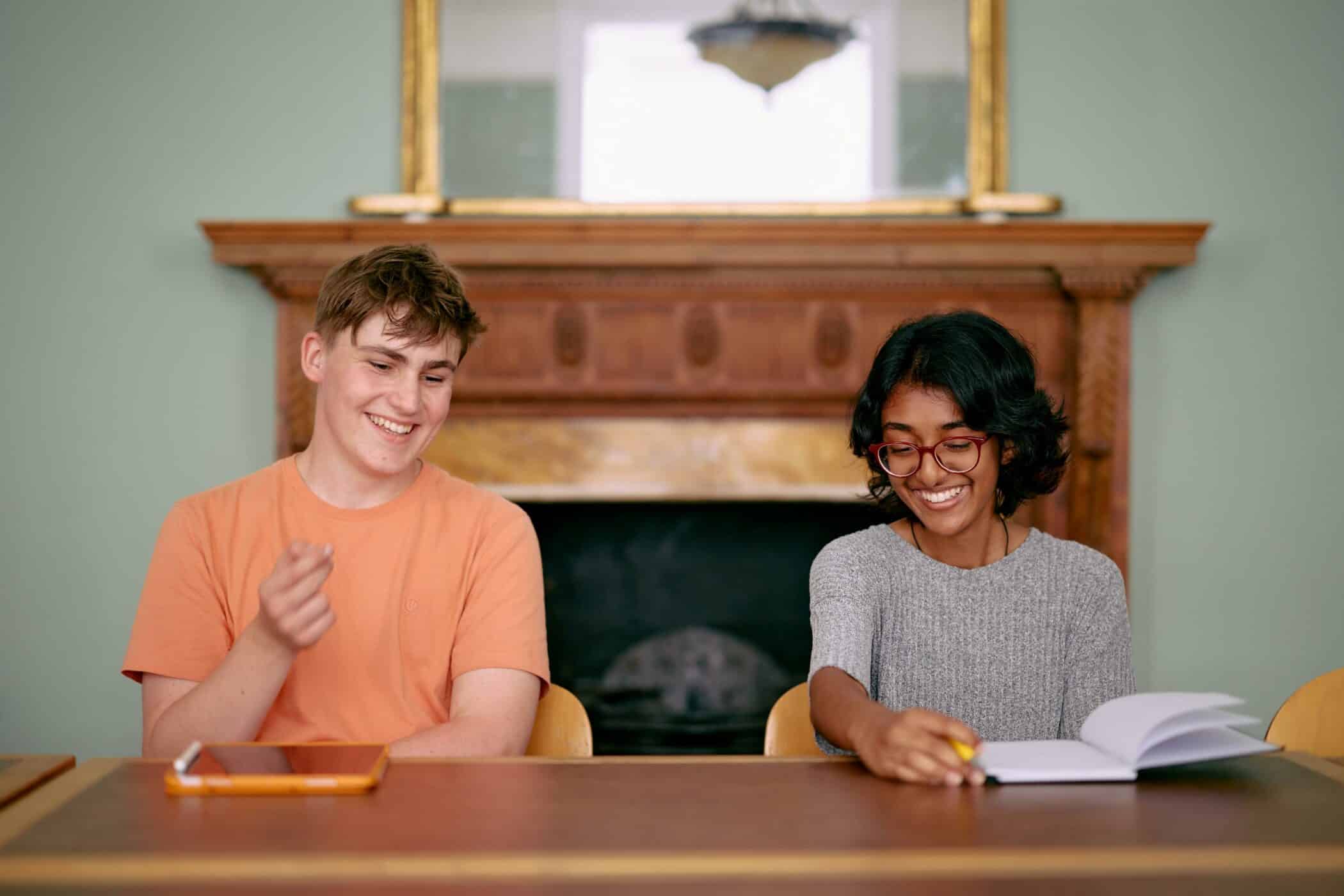Worcester is a place of innovative and world-leading research, with academics from a variety of disciplines celebrated for their research, public engagement and teaching. We believe that research excellence is achieved by fostering intellectual exchange and cross-disciplinary collaborations; our aim is to support the development of an ideas-rich environment in College.
Latest research
Wigmore Research Fund
Worcester’s Wigmore Research Fund is the first of its kind and is designed to support research-related projects which explore new methods and novel research avenues. Through cross-disciplinary intersections and practical support, the Wigmore Fund supports Worcester members to develop ideas and to enhance our research culture and environment within College. The scheme is open to any colleague at Worcester College who is engaged in research, including DPhil candidates and those employed on fixed-term contracts. The awards are designed to give priority to early career researchers and junior academics.
Read more about the projects supported by the Wigmore Research Fund.
Worcester x AI
Researching Charlemagne
The Komnenoi and their Legacy
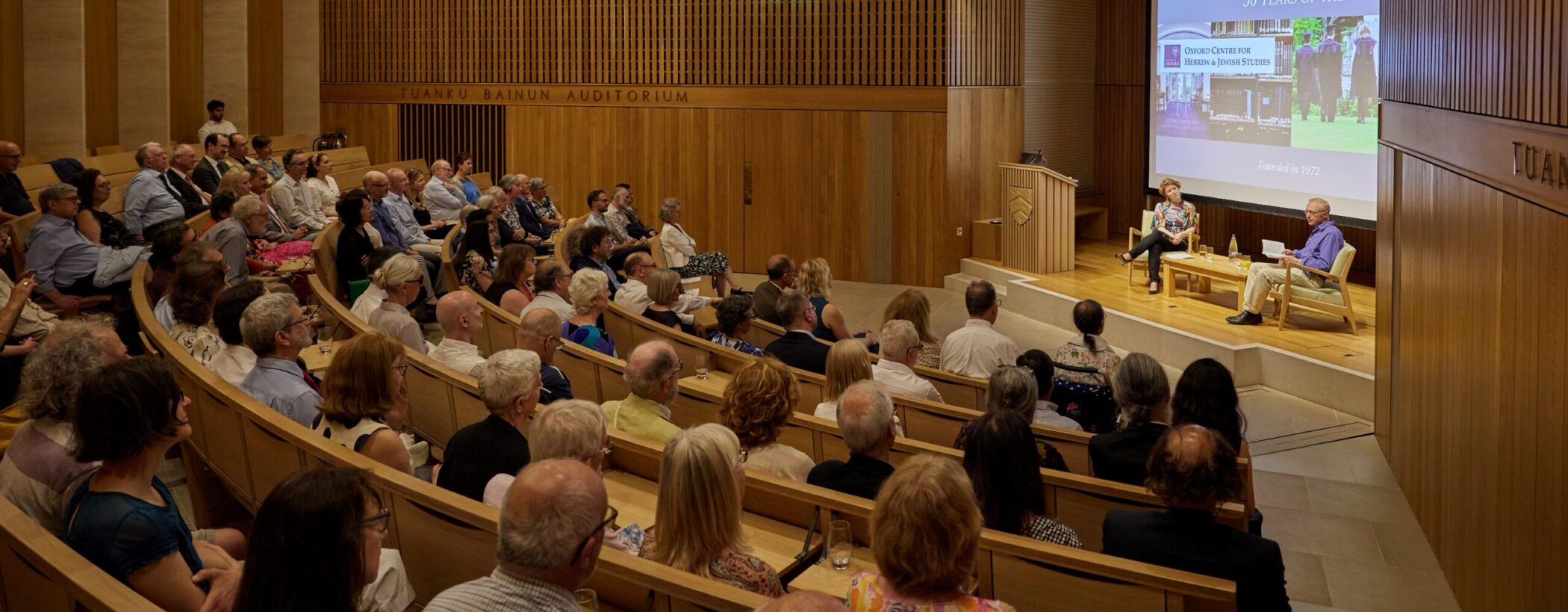
Research fellowships
Find out more about the programmes and fellowships which contribute to our vibrant research culture. We have junior researchers in areas from literature and architectural history to medical sciences and conservation. Our Israel & Ione Massada Fellowships Programme creates visiting academic partnerships for scholars of all backgrounds, religions and ethnicities from the State of Israel.
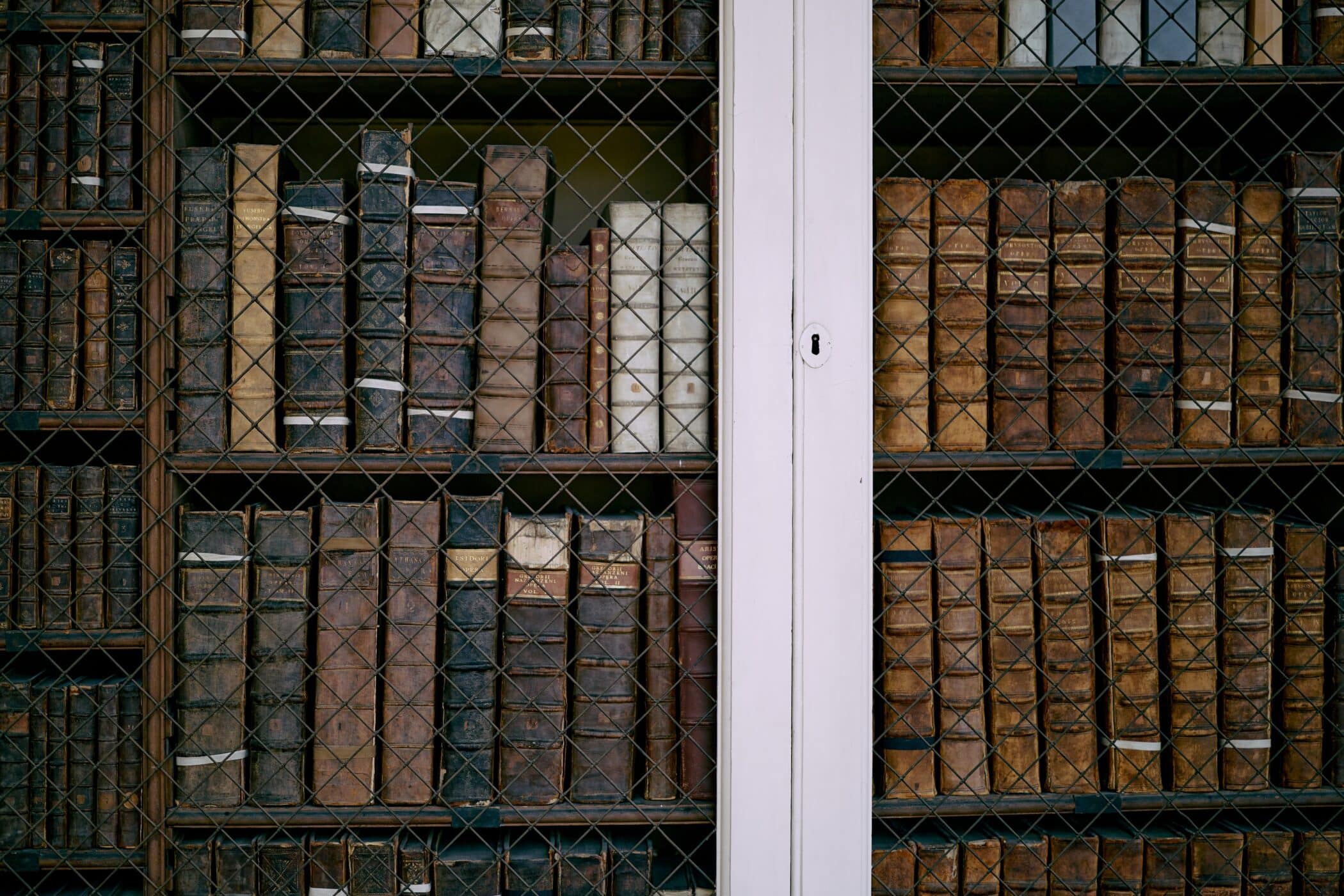

Special Collections
From drawings by England’s first classical architect Inigo Jones, to over 1,200 plays printed before 1750, our internationally-significant special collections stretch to over 70,000 items. In addition, the development of Worcester College, its administration, members and former estates is recorded in the College Archives.
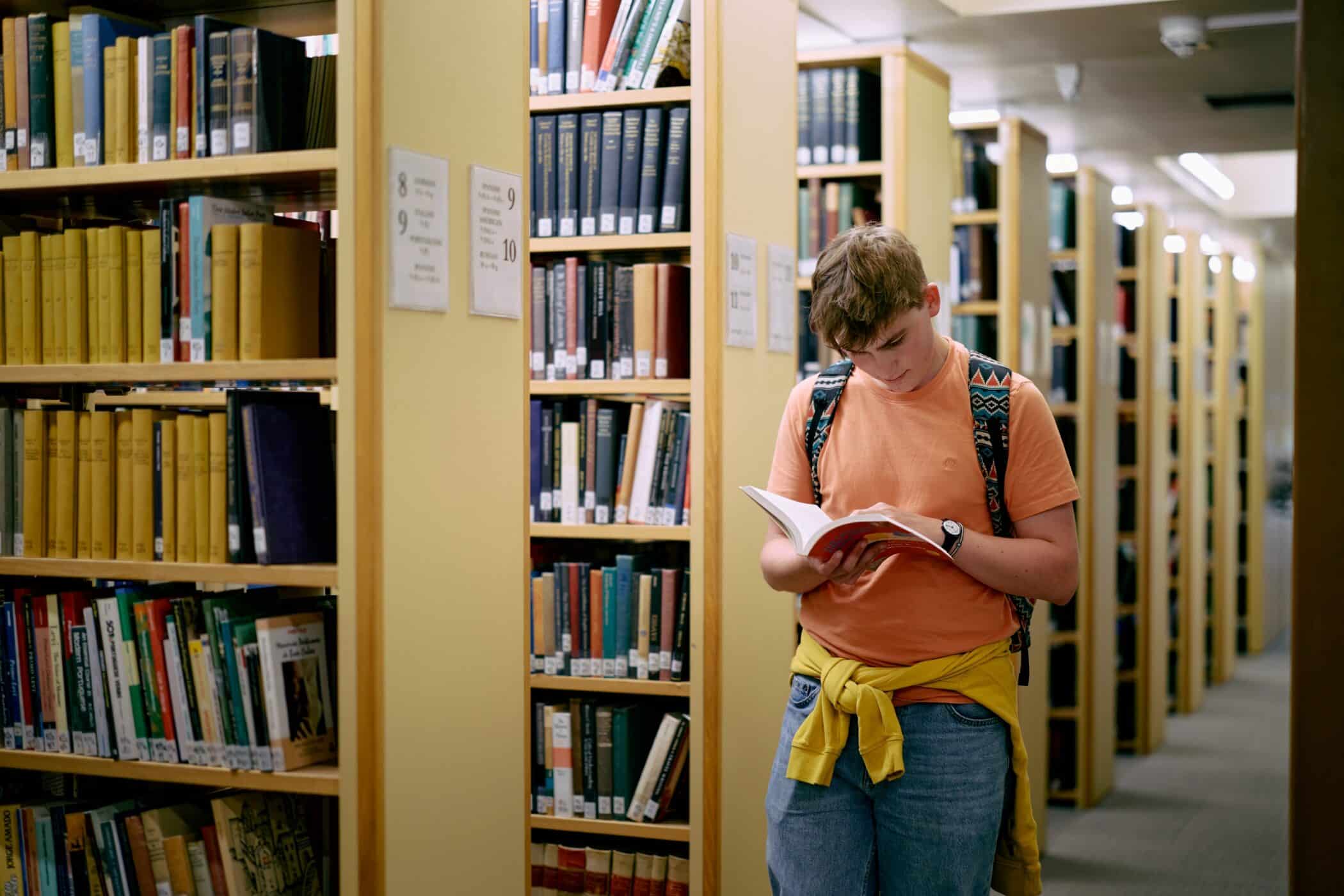
Worcester Bookshelf
Explore some of the recent books published by our tutorial and research fellows, from literature, culture and society to geomorphology, topology and genome editing.











